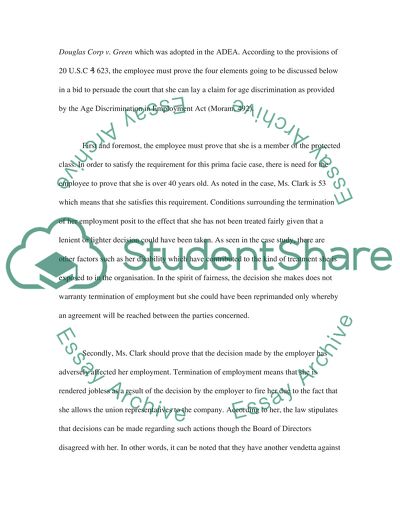Cite this document
(Employment Law - New Challenges in the Business Environment Case Study, n.d.)
Employment Law - New Challenges in the Business Environment Case Study. Retrieved from https://studentshare.org/law/1751838-case-1
Employment Law - New Challenges in the Business Environment Case Study. Retrieved from https://studentshare.org/law/1751838-case-1
(Employment Law - New Challenges in the Business Environment Case Study)
Employment Law - New Challenges in the Business Environment Case Study. https://studentshare.org/law/1751838-case-1.
Employment Law - New Challenges in the Business Environment Case Study. https://studentshare.org/law/1751838-case-1.
“Employment Law - New Challenges in the Business Environment Case Study”, n.d. https://studentshare.org/law/1751838-case-1.


